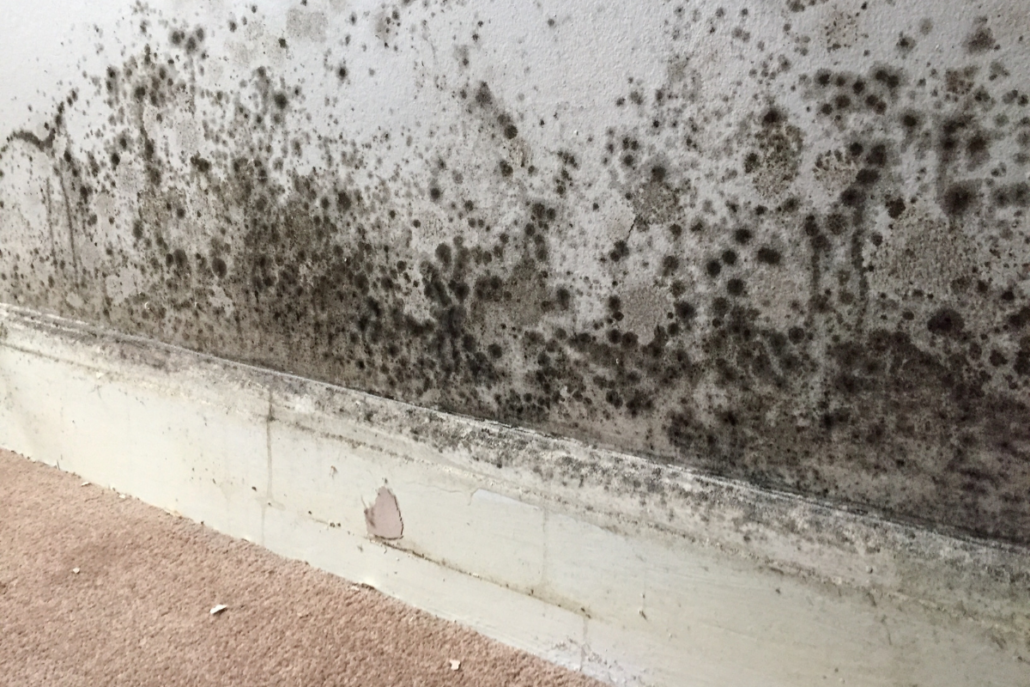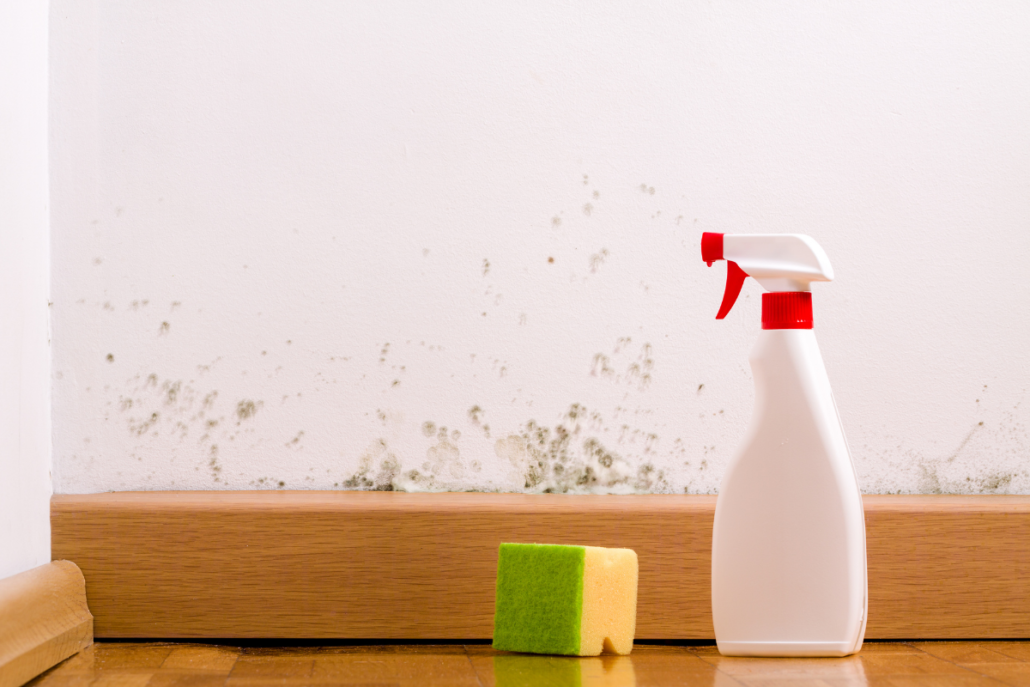Mould Cleaning Methods Every Homeowner Needs to Know
It’s safe to say nobody wants mould in their home. Living in Queensland mould growth can be difficult to avoid because of humid conditions provide the perfect environment for the fungi to grow. That’s why it’s important to know the best mould cleaning options to keep your home and family safe. Today we are going to be breaking down the best mould cleaning methods to keep your home looking its best.
Before we get into it, we did want to warn you that removing mould yourself is going to require some tough scrubbing, and you probably won’t be needing that miracle mould cleaning product you picked up at the store. If you’re ready to remove mould from your home, let’s get into it.

Protect Yourself
The first step before getting into mould cleaning is protecting yourself as much as possible. Mould spores can cause a range of health issues as well as certain cleaning agents can have strong fumes. There are a few ways you can protect yourself including:
Wear a Respirator
Wearing a respirator will help prevent harmful fumes or mould spores from entering your lungs as you complete your mould cleaning.
Proper Ventilation
When working on mould cleaning ensure that there’s proper ventilation in the room. This means opening doors and windows when possible and turning the exhaust fan on if you’re able to.
Know Who’s Present
It’s important to understand who will be present when removing the mould. Pregnant women, children, people with a weakened immune system or lung disease sufferers should not be within the vicinity of the mould cleaning as this may cause complications.

Assess The Damage
Now that you’re protected it’s time to assess the extent of the mould damage in the area you’re cleaning. If the mould is located on super porous materials such as clothing or furniture, it’s highly likely that the mould can’t be fully removed, and it may need to be thrown out. For a proper assessment though we recommend reaching out to mould removal specialists. As highly trained experts we will be able to assess the damage and make an educated decision as to whether the specific item is able to be salvaged or not.
When it comes to semi-porous and on-porous areas you’ll have a much better chance of being able to complete the mould cleaning yourself.

Mould Cleaning Methods
Vinegar and Water Mixture
One of our favourite at-home mould cleaning methods is a simple vinegar and water mixture. Vinegar is a great product that almost everyone already has in their cupboards are it causes the mould to overeat which ends up killing it. Combining 80% vinegar with about 20% water creates a strong solution that mould hates. Once you’ve got your mixture, it’s time to grab a microfibre cloth and get scrubbing.
Whilst cleaning there should be multiple buckets, one with the solution and then one with clean water so that the microfibre cloth can be rinsed to avoid cross-contamination. A microfibre cloth is also the best thing to use as when used they have a very slight electric charge, are cheap to buy and can be washed numerous times in vinegar.
Baking Soda and Water
Baking soda and water is also a simple yet effective way to remove mould, especially on tougher surfaces such as grout. First, you want to get a bristled brush and give the grout affected by mould a really good scrub, don’t be afraid to put some elbow grease into it!
Afterwards, mix baking soda with a little bit of water and carefully place it onto the grout. Leave this mixture to sit for a few hours then when you come back give it another scrub with the brush. After the final scrub, wipe away the excess solution with a damp cloth. As a mild disinfectant baking soda will help remove mould without leaving any residue or scent behind.

Methods to Avoid
Bleaching the Area
Although there is research to suggest that bleach does have the ability to kill mould, it’s found that it needs to be at least a 10% concentrate to be effective. What you need to be careful with using bleach for mould removal is that despite looking as though it’s removing the mould, it’s really just removing the top surface.
It also has the ability to remove the colour from the mould, tricking you into believing the mould has been removed because you can no longer see it when in actual fact it hasn’t. Mould is also a very strong chemical that may discolour surrounding surfaces, corrode grout and produce harmful fumes when cleaning.
So, next time you’re mould cleaning and think about reaching for the bleach, we would suggest not to.
The Best Way to Eliminating Mould from Your Home
The best way to eliminate mould from your home is by enlisting help from professionals. A professional team, such as the one we have here at South QLD Restoration, will be able to examine your home and find out the extent of the mould and ensure it’s removed correctly. To organise a mould inspection quote for your home, get in contact with our team today.






